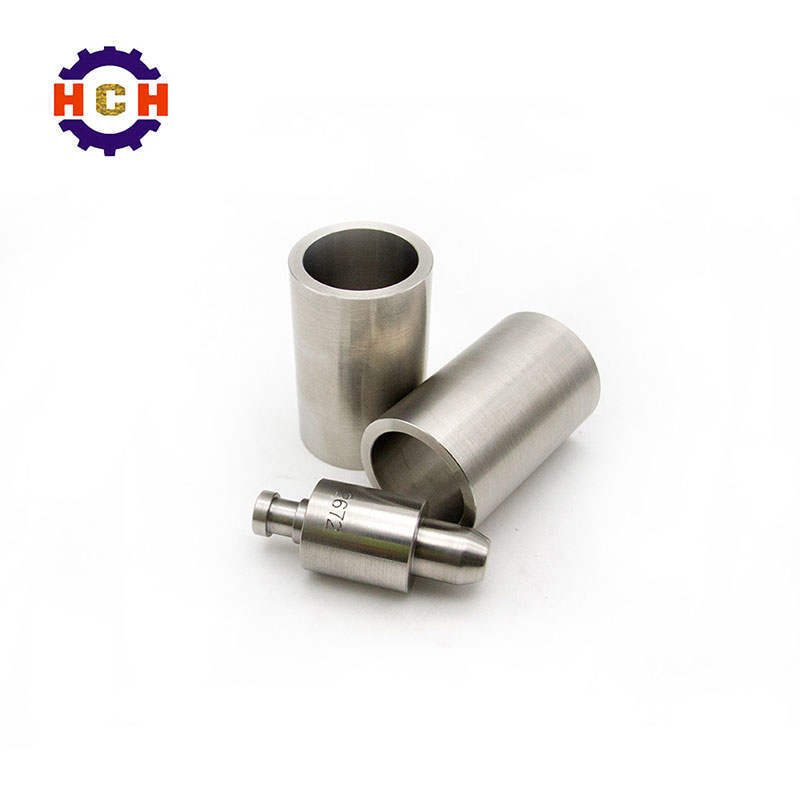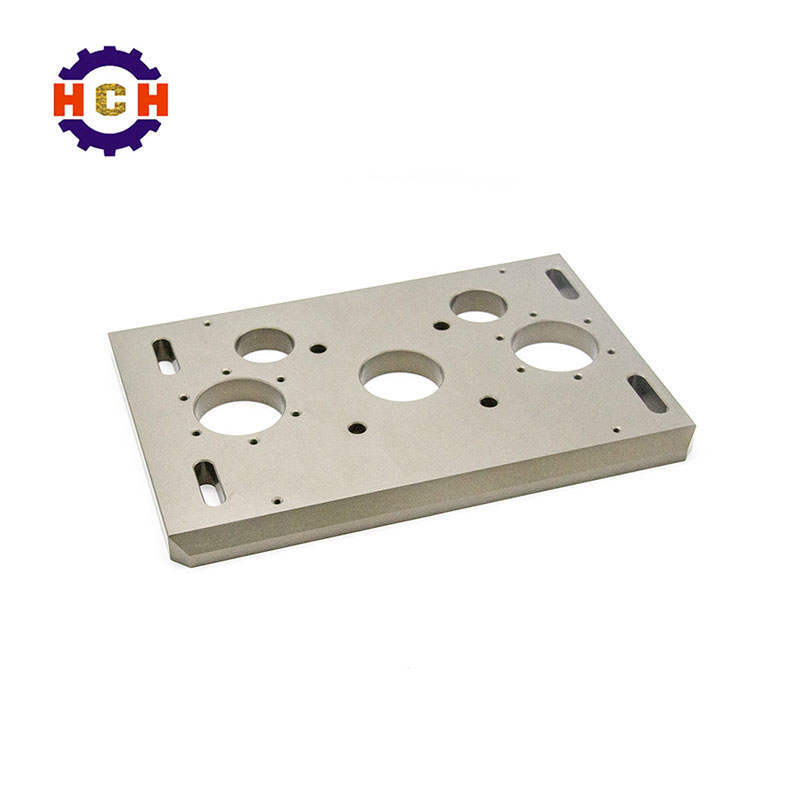Precision mechanical parts processing plants often use grinding and planing processes when machining complex metal parts, and can produce precise planes. Here are two techniques for the machining of mechanical parts in precision mechanical parts processing plants:
Grinding: A method of cutting metal using a grinding wheel called a grinding wheel. The workpiece is finished, and the surface of the workpiece after grinding is smooth and accurate. When machining a circular workpiece, the workpiece rotates on one side and feeds the rotating wheel. When machining a flat workpiece, the workpiece reciprocates under a rotating grinding wheel. For the final finishing of heat-treated hard workpieces, the grinding process allows them to be precisely sized.

Planing: First of all, you should understand the difference between the planer, the planer and the inserting machine. When machining with a bullhead planer, the workpiece is fed to the tool and the tool reciprocates over the workpiece. When machining with a gantry, the tool cuts into the workpiece or feeds the workpiece, and the workpiece reciprocates under the tool.
The vertical planer is actually a bed, the tool is up and down, mainly used to cut certain types of gears. During the cutting process, the workpiece is moved in the direction of the tool. Depending on the type of the workpiece to be machined, it may be linear or sometimes curved. The broaching machine can be classified into a planer, and the broach has a plurality of teeth. The broaching machine can be used for internal machining, such as machining square holes, as well as for external machining, machining planes or a specific shape.

For more information on precision parts processing, you can contact Shenzhen Huachaohui Precision Machinery Co., Ltd., a precision machine parts processing factory in Shenzhen, 13528828938.